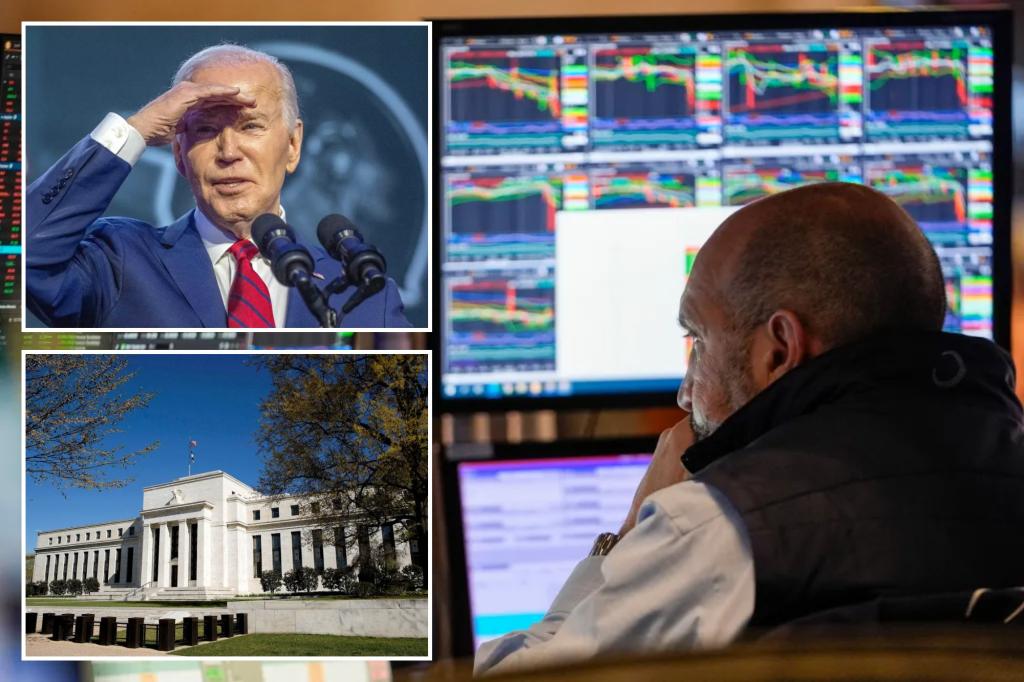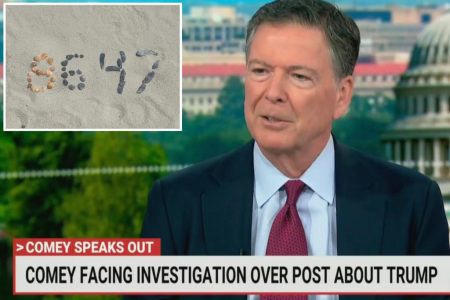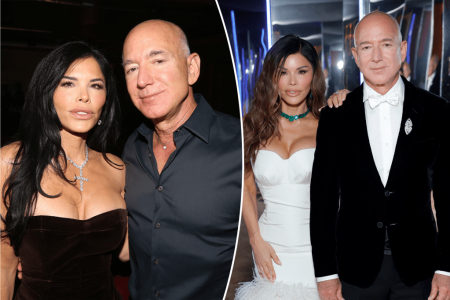The US economy experienced its slowest growth in two years in the first quarter, with gross domestic product (GDP) growing at an annualized pace of 1.6%, below the 2.4% predicted by economists. This slowdown, combined with higher prices, caused concern among investors and analysts. Prices, as measured by the Personal Consumption Expenditures (PCE) index, rose at a rate of 3.7% in the first quarter, exceeding the Federal Reserve’s target of 2%.
Investors were more focused on the high inflation figure than the signs of economic cooling, leading to a steep drop in the Dow Jones Industrial Index and other major indices. Expectations of a Federal Reserve rate cut diminished, with the probability of a rate cut in June at 10% and bets on a cut in September slipping below 58%. This shift was attributed to concerns that slowing economic growth may be accompanied by persistent inflation, making a rate cut less likely.
Despite the disappointing GDP growth, consumer spending in sectors like healthcare, financial services, and insurance remained strong, offsetting declines in goods such as motor vehicles and gasoline. President Joe Biden attempted to highlight the positive aspects of the GDP data, stating that the economy had grown more during his term than in the last 25 years. Economists noted that while the underlying economy appeared solid, momentum was cooling compared to the previous year’s rapid growth rate.
US debt has reached a record high of $33 trillion, with the debt-to-GDP ratio surpassing 100%, a number projected to rise to 130% by 2035. The Federal Reserve has expressed concerns about persistently high inflation, fueled by a robust labor market that added 303,000 jobs in March. The presence of migrants in the workforce has contributed to job gains but also heightened inflation and interest rates by maintaining high wages and consumer spending levels.
Wall Street now anticipates the Federal Reserve to reduce rates twice by the end of the year, a change from earlier expectations of three rate cuts totaling 0.75 percentage points. Fed Chair Jerome Powell emphasized the importance of allowing current policy measures time to be effective, guided by evolving economic data. Overall, the US economy faces challenges from slowing growth, high inflation, and a mounting debt burden, suggesting a need for careful monitoring and policy adjustments to ensure economic stability.















